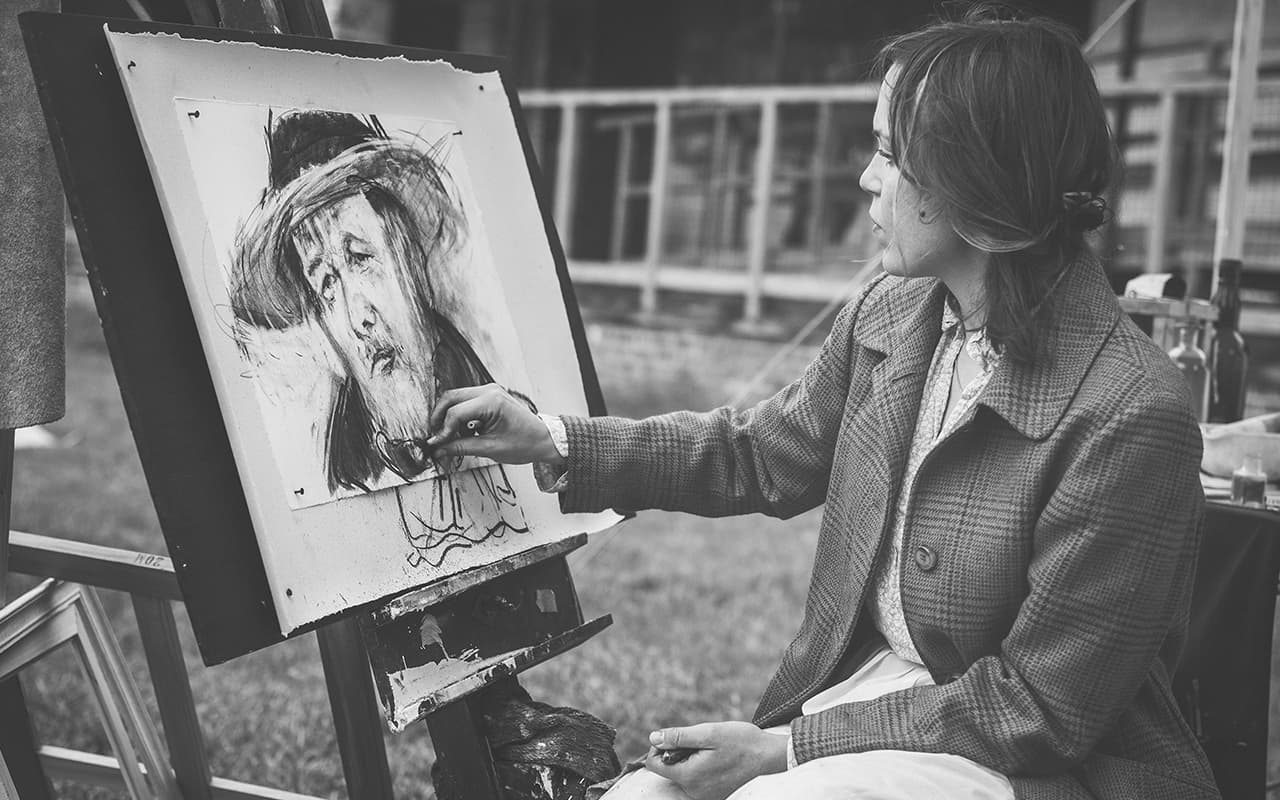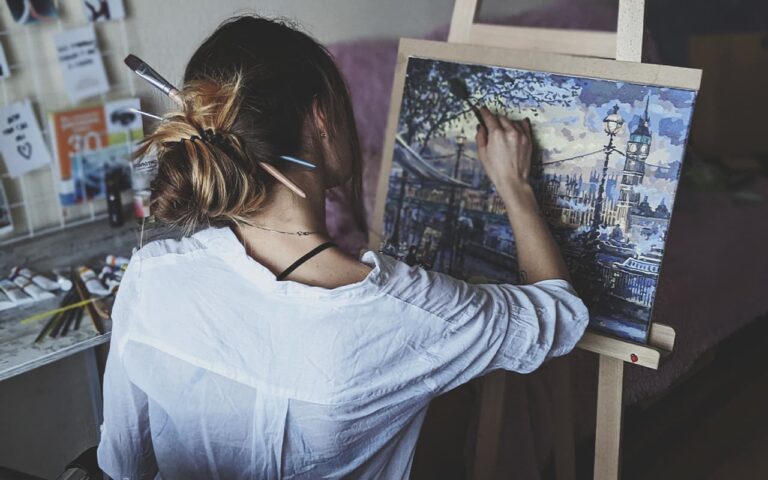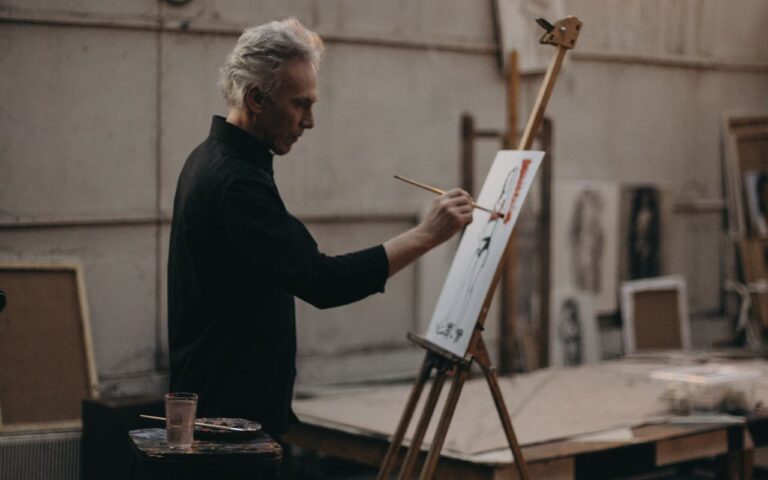You can just see the experts, collectors and enthusiasts wringing their hands and furrowing their brows as they express their passionate views and scholarly inclinations.
So, of course, there is Onderdonk. Julian Onderdonk is considered the master of blue bonnets. His works are stunning, breathtaking, magnificent and valuable – up to half a million for a canvas.
Next, perhaps, is Porfirio Salinas, a master who was made famous by none other than the President of the United States and Texas, Lyndon B. Johnson.
Julian Onderdonk (1882-1922, San Antonio)
Robert Julian Onderdonk studied with his father, the artist Robert Jenkins Onderdonk, and then moved to the Art Students League of New York to study with William Merritt Chase, among others. During this same period, he also helped organize art exhibitions for the Texas State Fair in Dallas, which allowed him to become more familiar with the landscapes of the Lone Star State.
Jos e Arpa (1858-1952, San Antonio)
José Arpa y Perea was a versatile artist and a brilliant colorist. His ability to handle sunlight earned him the nickname “The Sun Man”. His style was realistic, and his free, flowing drawing created a fascinating atmosphere. Former Witte Museum curator emeritus and historian Cecilia Steinfeldt praised his “understanding of dazzling light and his manipulation of radiant color” and “skill as a watercolorist” in her book Art for History.
Emma Louisa (Richardson) Cherry (1859-1954, Houston)
Emma Louise (Richardson) Cherry was not only an accomplished artist, she was a very key player in bringing the Impressionist movement (from which many bluebonnet artists found inspiration) to the Texas art scene. Cherry brought the first exhibition of Impressionist art to Texas at the Texas Coast Fair in Dickinson in November 1896. In the exhibition catalog, Cherry describes Impressionism: “The pure prismatic effects of color, the brightness of daylight, and the vibration of atmosphere are the main points of this school of painting.”
Paul Rodda Cook (1897-1972, Austin, San Antonio, Houston)
Originally from Uvalde, Texas, Paul Rodda Cooke did not actually pursue a career as an artist until he came of age. It was an illness that forced him to return to San Antonio from out of state to take care of his family. His recovery required him to be outdoors, and Breckenridge Park was often his choice. It was here that he was inspired to sketch and paint trees. He soon crossed paths with Hugo Paul, who had a studio in the park. Paul became his first art teacher and provided Cook with the techniques to master his craft as a draftsman.
Cook continued his art education in Taos, New Mexico, where he studied with Walter Ufer and Leon Gaspar, then in Boston and Woodstock, New York, with several other well-known artists. Cooke was able to support himself by completing portrait commissions and selling his other paintings. Cecilia Steinfeldt described Cook’s work as representing “the transitional period between the Blue Bonnet school and the non-objective painting in Texas.” A highlight of Cook’s career was his solo exhibition at the Witte Museum of Art in 1935, where his Hill Country landscapes were compared to those of Onderdonk in terms of composition and execution.
Eloise Polk (EP) McGill (1868-1939, San Antonio)
Born in Independence, Texas, in 1868, Eloise Polk McGill began her studies with San Antonio artist Robert Jenkins Onderdonk and continued her studies at the Art Students League in New York City. Here she studied with William Merritt Chase and the miniature painter Rhoda Carlton Holmes Nicholls. She then spent some time in Paris under the tutelage of Robert Reed. She quickly gained popularity and exhibited extensively, starting in 1888 at the age of 20, always signing her work “EP McGill”.
McGill was an impressionist painter. She experimented with texture, purposefully introducing it into her work. McGill’s landscape paintings capture the essence of natural light, from the dazzling midday light to the warmth of the golden hour.


